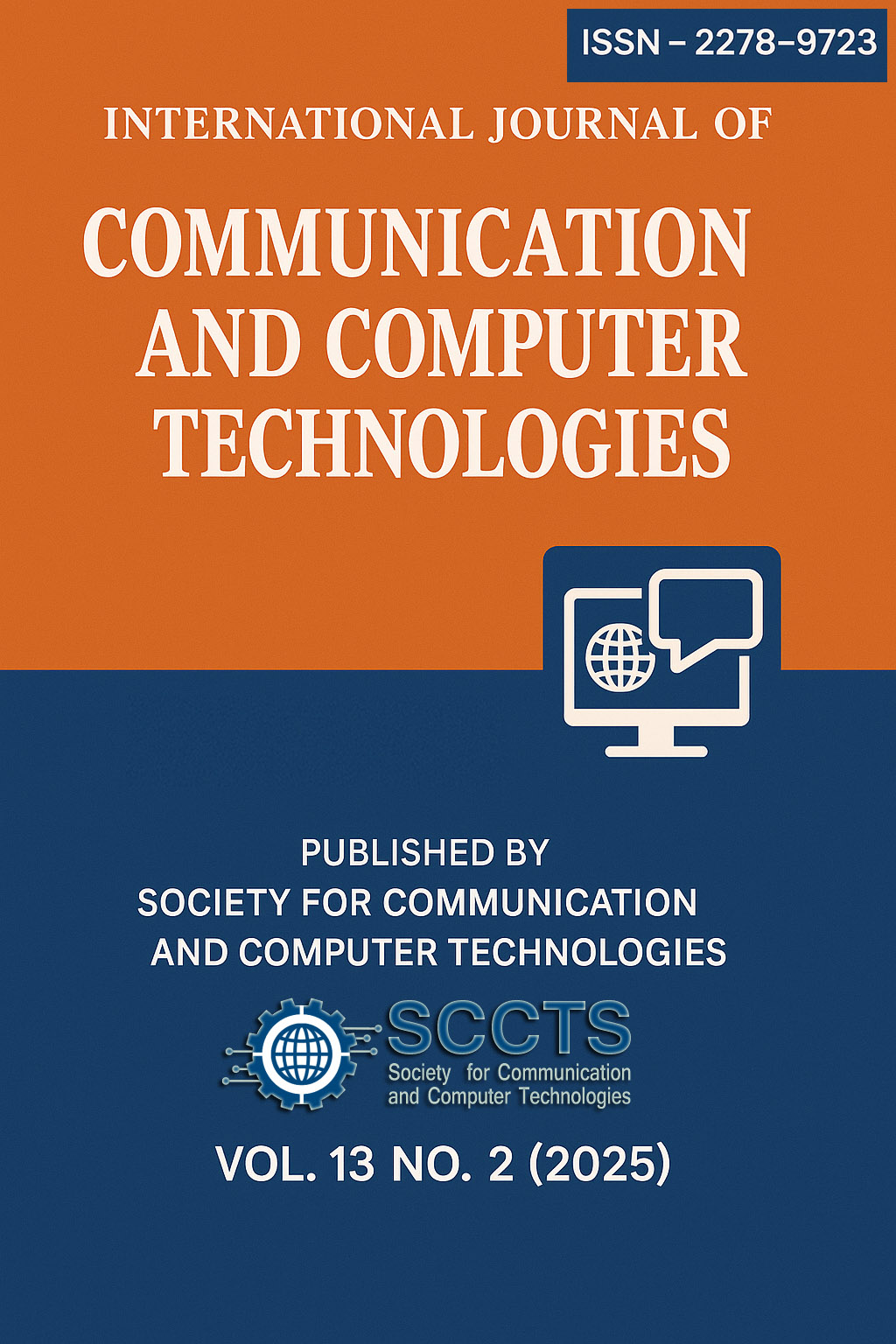Implement A System For Crop Selection And Yield Prediction Using Random Forest Algorithm
Keywords:
Climate, crop yield, Indian Agriculture, Machine Learning Techniques, Random Forest AlgorithmAbstract
Agriculture is the bone that plays important part in the frugality of India. India is an agrarian country and its frugality largely grounded upon crop product. It’ll allow policy makers and growers to take effective marketing and storehouse way to prognosticate crop yields before in their crop. The design will allow growers to capture the yields of their crops before civilization in the field of husbandry and therefore help them make the necessary opinions. Preparation of such a system with a use and the machine learning algorithm
an also be distributed. The results attained are granted access to the planter. and yet there are colorful styles or protocols for similar veritably data analytics in crop yield vatic nation, and were suitable to prognosticate agrarian productivity with guidance of all those algorithms. It utilizes a random forest algorithm. By probing similar problems and issues similar as rainfall, temperature, moisture, downfall, moisture, its overcome using random forest technique, acceptable results an inventions resolve the situation. In countries like India, indeed in the agrarian sector, as there are numerous types of adding profitable growth. In addition, the processing is useful of ratiocinating the product of crop yields.
Downloads
Published
How to Cite
Issue
Section
License
Copyright (c) 2024 International Journal of communication and computer Technologies

This work is licensed under a Creative Commons Attribution-NonCommercial-ShareAlike 4.0 International License.





 The articles in Worldwide Medicine are open access articles licensed under the terms of the
The articles in Worldwide Medicine are open access articles licensed under the terms of the 